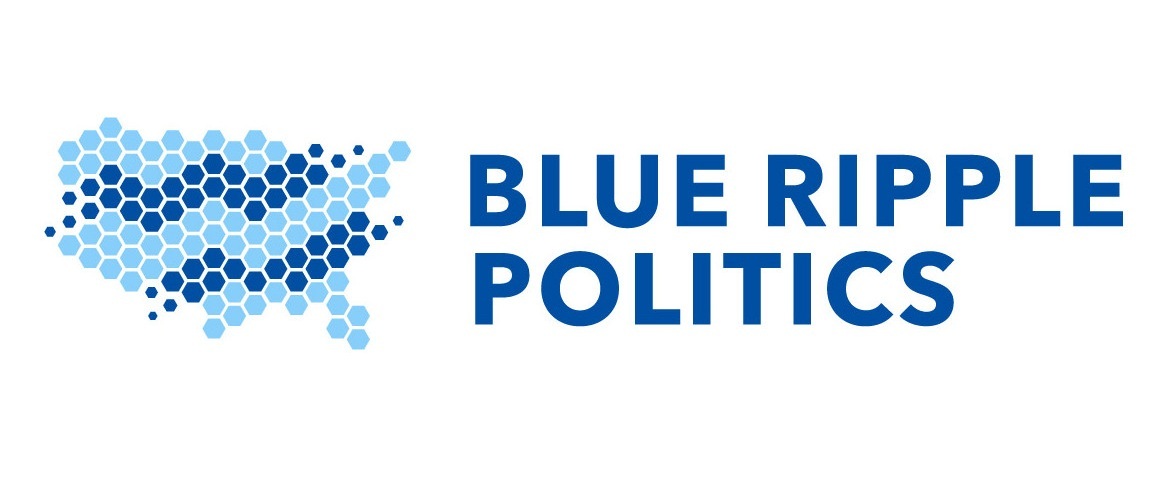One of our goals at Blue Ripple is to try to use data from prior elections to understand the best strategies for Democrats and progressives in the future — and we’ve written a summary of our initial modeling efforts on GitHub. Here’s a brief excerpt:
The 2018 house races were generally good for Democrats and progressives—but why? Virtually every plausible theory has at least some support: depending on which pundits and researchers you follow, you could credibly argue that turnout of young voters, or white women abandoning Trump, or an underlying demographic shift toward non-white voters was the main factor that propelled the Blue Wave in the midterms.
But if Democrats want to solidify and extend their gains, we really want to know the relative importance of each of these factors—in other words, we want to understand election outcomes in a district or state in terms of demographics, turnout, and voter preference.
It turns out this isn’t so easy, because the data on “preference” by particular demographic groups come from polls, which can be misleading. So, we’ve tried to get around that problem by building a model to calculate (infer) each group’s preferences from known data, which we’re using to understand the relative importance of boosting turnout of the “Democratic base” vs. other strategies. A sample result is shown below:
There’s lots more in the full post — click here to read the whole thing. And for our fellow “data geeks,”, click here for more technical details about our model, and also check out our Github page.
Want to read more from Blue Ripple? Visit our website, sign up for email updates, and follow us on Twitter and Facebook. Folks interested in our data and modeling efforts should also check out our Github page.


